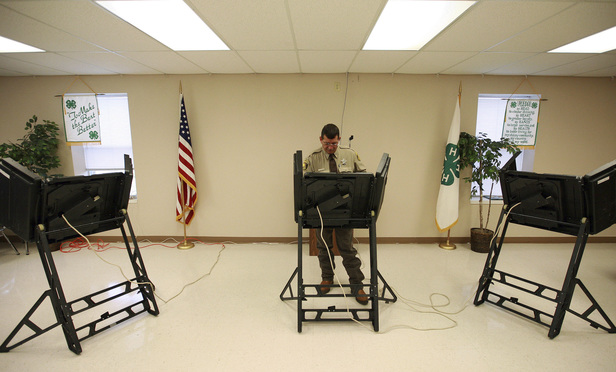The U.S. Supreme Court on Monday upheld the longstanding practice of using total population in drawing equal legislative districts, embracing the “one-person-one-vote” doctrine and frowning on a different approach that could have recast thousands of electoral maps.
But the 8-0 opinion by Justice Ruth Bader Ginsburg in Evenwel v. Abbott did not rule out the possibility that states could use voting population or other controversial metrics as a basis for equalizing districts in the future—methods that critics say would shift political power from urban to rural populations.
This content has been archived. It is available through our partners, LexisNexis® and Bloomberg Law.
To view this content, please continue to their sites.
Not a Lexis Subscriber?
Subscribe Now
Not a Bloomberg Law Subscriber?
Subscribe Now
LexisNexis® and Bloomberg Law are third party online distributors of the broad collection of current and archived versions of ALM's legal news publications. LexisNexis® and Bloomberg Law customers are able to access and use ALM's content, including content from the National Law Journal, The American Lawyer, Legaltech News, The New York Law Journal, and Corporate Counsel, as well as other sources of legal information.
For questions call 1-877-256-2472 or contact us at [email protected]






